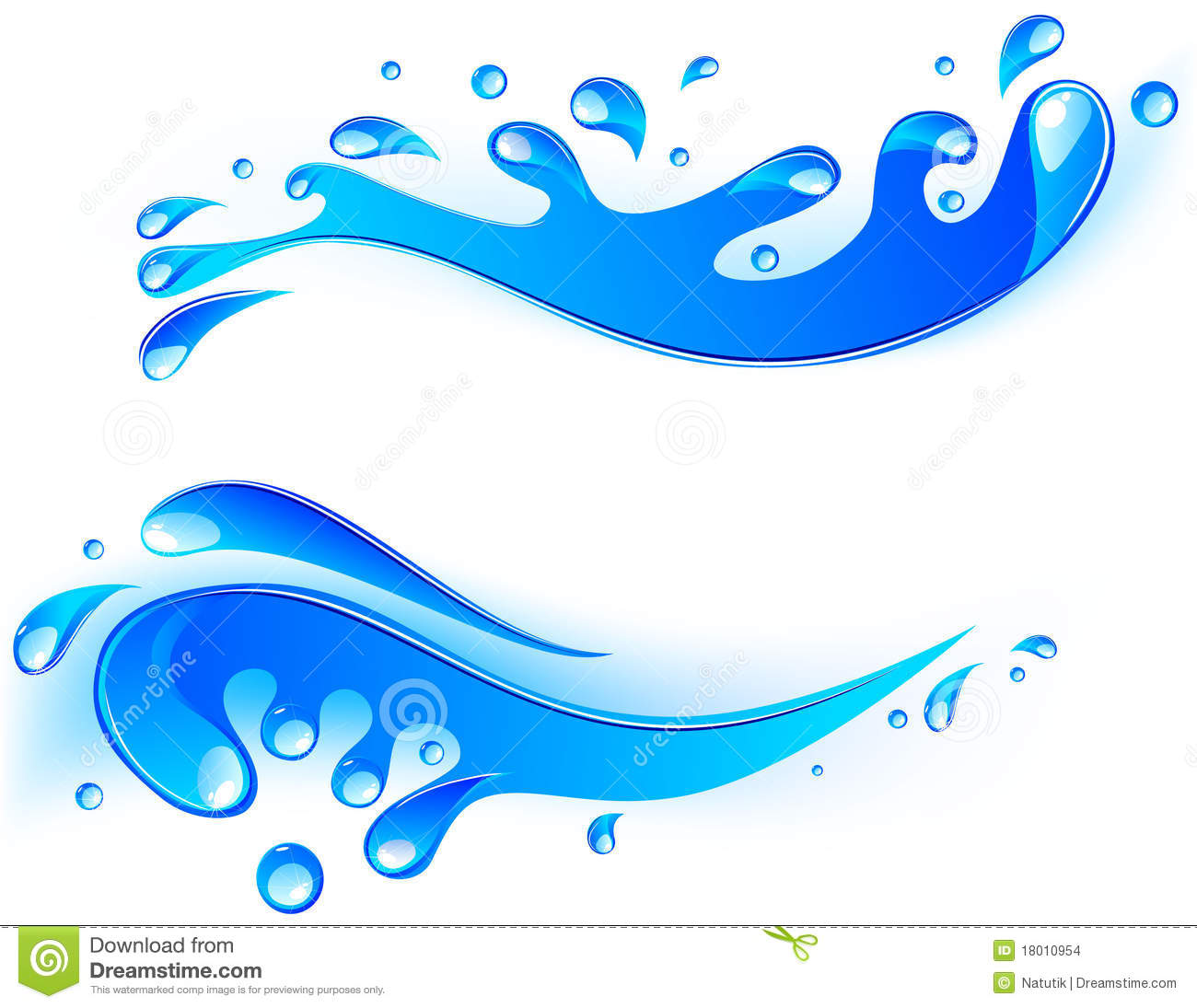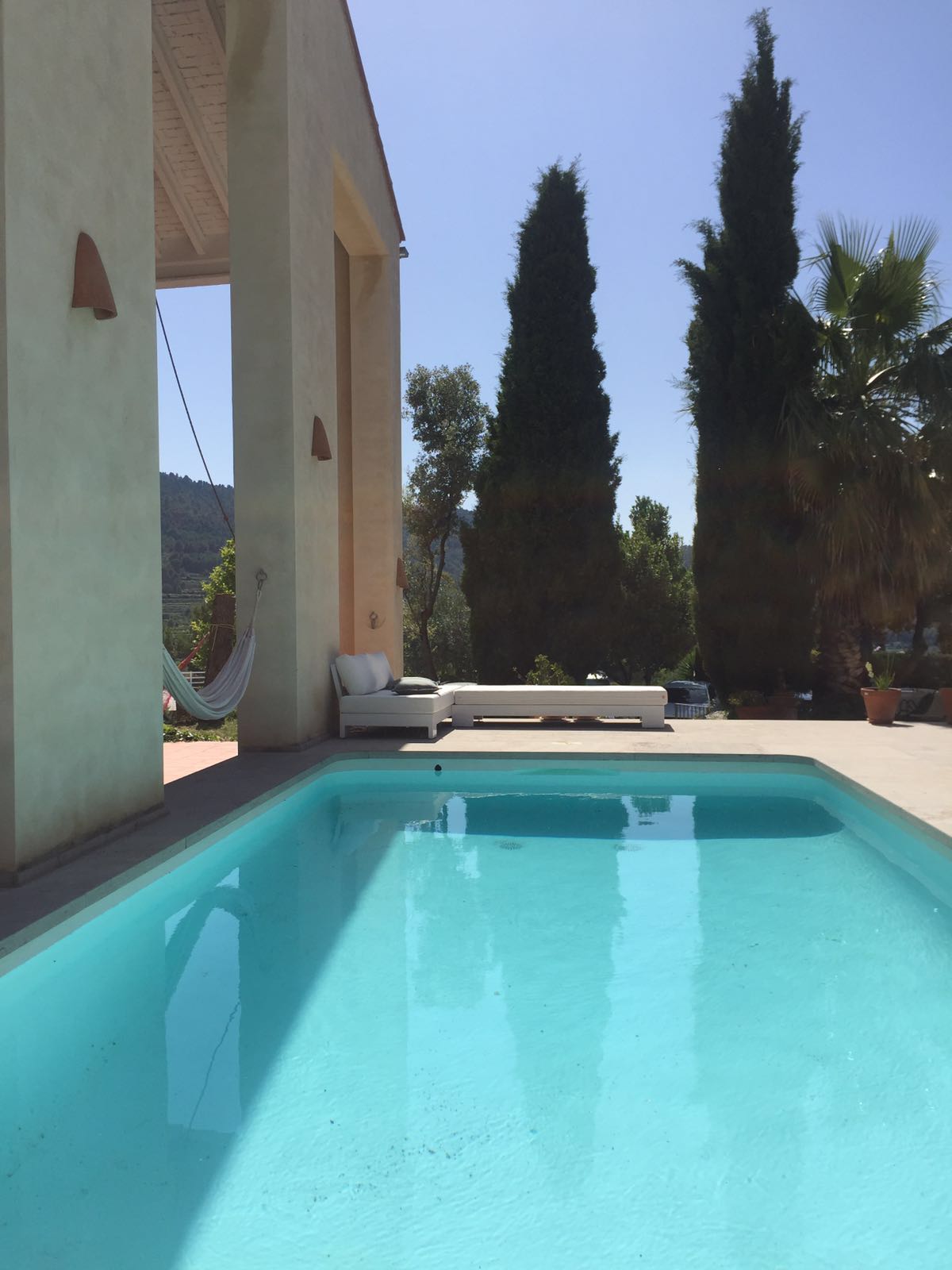Let's talk about "quiero agua," because water isn't just a drink—it's life. Whether you're traveling in a Spanish-speaking country or trying to impress your friends with some vocab, knowing how to ask for water properly is essential. But hey, there's more to it than meets the eye. This phrase opens up doors to cultural understanding, health benefits, and even some fun trivia.
Imagine this—you're in a bustling café in Madrid or a quiet restaurant in Buenos Aires, and suddenly you realize you're parched. What do you do? You say "quiero agua," right? Well, yeah, but there’s a whole world behind that simple request. From the type of water you might get to the cultural nuances surrounding hydration, we’ve got you covered.
So buckle up, because we’re diving deep into why "quiero agua" is more than just asking for water. It's about connection, health, and maybe even a little bit of adventure. And hey, by the end of this article, you’ll be a pro at navigating water-related conversations in Spanish.
- Hub4u Movie Your Ultimate Guide To Streaming Bliss
- Aditi Mistry Live Unveiling The Rising Star Of Digital Fame
Why "Quiero Agua" Matters More Than You Think
Now, let's break it down. When you say "quiero agua," you're not just asking for water—you're tapping into a universal need. Water is essential for life, and learning how to ask for it in another language shows respect and openness toward other cultures. Plus, it's practical! Whether you're traveling, working abroad, or simply chatting with someone who speaks Spanish, knowing this phrase can save you from awkward moments.
Here’s the deal: Water isn’t always straightforward. In many Spanish-speaking countries, when you ask for "agua," you might get options like "agua con gas" (sparkling water) or "agua sin gas" (still water). So yeah, saying "quiero agua" is great, but being specific can make all the difference. Let me show you why:
- Asking for "agua con gas" shows you're savvy about local customs.
- Requesting "agua sin gas" ensures you get exactly what you want.
- And let’s not forget—some places might offer bottled water instead of tap water.
Understanding the Cultural Nuances Behind "Quiero Agua"
Language isn't just about words; it's about context. In many Spanish-speaking cultures, asking for water isn't just about quenching thirst—it's about hospitality. Offering someone water is often seen as a gesture of kindness and care. So when you say "quiero agua," you're participating in a tradition that values connection and community.
- Rhea Ripley Naked The Truth Behind The Clickbait Sensation
- Vega Moviecom Your Ultimate Destination For All Things Cinema
Take Mexico, for example. In some regions, offering water to guests is considered a sign of welcome. Similarly, in Spain, bartenders and café owners might offer you a complimentary glass of water with your meal. These small gestures add layers of meaning to something as simple as "quiero agua."
Regional Differences in Water Preferences
Not all water is created equal—or at least, that's how it feels when you travel. Different regions have different preferences when it comes to water. For instance:
- In Argentina, sparkling water ("agua con gas") is incredibly popular.
- In Spain, still water ("agua sin gas") tends to be the default choice.
- In Colombia, you might find both options readily available, depending on the region.
Knowing these regional differences can help you navigate conversations more smoothly. Plus, it's always fun to learn about the quirks of each culture!
The Health Benefits of Drinking Water
Alright, let’s pivot to something super important: your health. Drinking water is crucial for maintaining physical and mental well-being. And guess what? Saying "quiero agua" isn't just a linguistic exercise—it's a step toward better hydration!
Here are some quick stats to chew on:
- Did you know that 60% of the human body is made up of water?
- Dehydration can lead to headaches, fatigue, and even mood swings.
- Drinking enough water supports kidney function, digestion, and overall energy levels.
So next time you say "quiero agua," remember that you're doing your body a huge favor. Cheers to that!
How to Order Water Like a Pro
Now that you know why "quiero agua" matters, let’s talk about how to order water like a local. Here are some tips to help you navigate the process:
Tips for Ordering Water in Spanish
- Specify whether you want "agua con gas" or "agua sin gas."
- If you're unsure, ask the server for recommendations.
- Be polite! Adding "por favor" (please) and "gracias" (thank you) goes a long way.
For example, you could say:
- "Quiero una botella de agua sin gas, por favor."
- "Me gustaría agua con gas, gracias."
These little phrases show that you're respectful and engaged, which can leave a positive impression on locals.
Common Mistakes to Avoid When Asking for Water
Let’s face it—language learning comes with its fair share of hiccups. Here are some common mistakes people make when asking for water in Spanish:
- Assuming tap water is always safe to drink (it varies by location).
- Forgetting to specify "con gas" or "sin gas," leading to unexpected surprises.
- Not using polite language, which can come across as rude.
By avoiding these pitfalls, you'll ensure a smoother experience. And hey, if you do make a mistake, don't worry! Most people appreciate the effort, and they’ll be happy to help you out.
Fun Facts About Water in Spanish-Speaking Countries
Water isn’t just functional—it’s fascinating! Here are some fun facts to impress your friends:
- In Peru, they have natural mineral waters with unique flavors, like "aguas de manantial."
- Spain is home to some of the best sparkling water brands in the world, like "Font Vella."
- In Mexico, "agua fresca" (a refreshing drink made with fruits and water) is a staple during hot summer days.
These tidbits add depth to your understanding of water culture and might even inspire you to try new things!
Environmental Considerations When Drinking Water
As we wrap up our discussion on "quiero agua," let’s touch on an important topic: sustainability. With climate change affecting water availability worldwide, it’s crucial to think about how we consume water. Here are some eco-friendly tips:
- Carry a reusable water bottle whenever possible.
- Opt for tap water if it’s safe to drink, reducing plastic waste.
- Support initiatives that promote clean water access for communities in need.
By making conscious choices, you contribute to a healthier planet—and that’s something we can all raise a glass of agua to!
Conclusion: Quiero Agua—and So Should You
So there you have it—a deep dive into the world of "quiero agua." From cultural nuances to health benefits and environmental considerations, this simple phrase packs a punch. Whether you're traveling, learning Spanish, or simply trying to stay hydrated, knowing how to ask for water properly can make a big difference.
Now, here’s the deal: I want you to take action. Share this article with a friend, practice saying "quiero agua" out loud, or leave a comment below with your favorite water-related fact. Together, let’s keep the conversation flowing—just like water!
Table of Contents
- When You Say "Quiero Agua," Here's What You Need to Know
- Why "Quiero Agua" Matters More Than You Think
- Understanding the Cultural Nuances Behind "Quiero Agua"
- Regional Differences in Water Preferences
- The Health Benefits of Drinking Water
- How to Order Water Like a Pro
- Tips for Ordering Water in Spanish
- Common Mistakes to Avoid When Asking for Water
- Fun Facts About Water in Spanish-Speaking Countries
- Environmental Considerations When Drinking Water
- Lacy Kim Onlyfans Leak The Untold Story And What You Need To Know
- Jackerman Mothers Warmth The Heartfelt Story That Touches Every Soul


